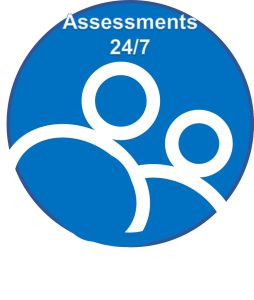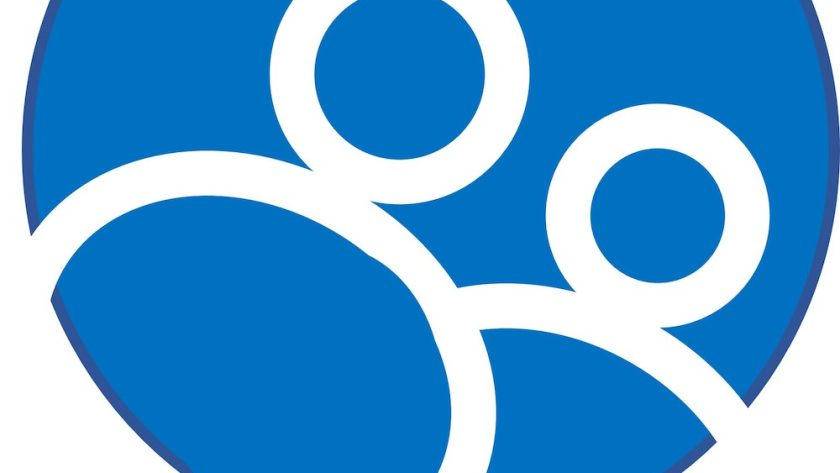Published with Permission from Assessments 24/7.
This is a Monday blog series; our regular coaching blog will be published on Thursday’s.

The previous blogs in this series explored DISC styles, working with, and adapting to each. Here are specific tips on how to adapt your leadership style based on your DISC style plus tips for leading each of the DISC styles.
Dominance – High “D” Style
- Allow others to do things without excessive or untimely interference.
- Participate in the group without expecting always to be in command.
- Modify your tendency to give orders.
- Enlist others’ input and support through participative, collaborative actions.
- Praise and give credit for jobs well done.
- Let colleagues and employees know that you realize it is only natural that you and others will make mistakes.
- When delegating, give some authority along with the responsibility.
Influence – High “I” Style
- Improve your follow-through efforts.
- Monitor socializing to keep it in balance with other aspects of business and life.
- Write things down and work from a list, so you will know what to do and when to do it.
- Prioritize activities and focus on tasks in their order of importance.
- Become more organized and orderly in the way you do things.
- Get the less appealing tasks of the day over with early in the day.
- Pay attention to your time management.
- Check to make sure you are on course with known tasks or goals.
Steadiness – High “S” Style
- Stretch by taking on a bit more (or different) duties beyond your comfort level.
- Increase the verbalization of your thoughts and feelings.
- Speed up your actions by getting into some projects more quickly.
- Desensitize yourselves somewhat, so that you are not negatively affected by your colleagues’ feelings to the point of affecting your own performance.
- Learn to adapt more quickly to either changes or refinements of existing practices.
- Bolster your assertiveness techniques.
Conscientious – High “C” Style
- Modify criticism (whether spoken or unspoken) of others’ work.
- Check less often, or only check the critical things (as opposed to everything), allowing the flow of the process to continue.
- Ease up on controlling emotions; engage in more water cooler interaction.
- Accept the fact that you can have high standards without expecting perfection.
- Occasionally confront a colleague (or boss) with whom you disagree, instead of avoiding or ignoring them (and doing what you want to do, anyway).
- Tone down the tendency to OVER-prepare.
Adapting your leadership style to help people when they are the:
Dominance – High “D” Style – Help Them
- More realistically gauge risks.
- Exercise more caution and deliberation before making decisions and coming to conclusions.
- Follow pertinent rules, regulations, and expectations
- Recognize and solicit others’ contributions, both as individuals and within a group.
- Tell others the reasons for decisions.
- Cultivate more attention and responsiveness to emotions.
Influence – High “I” Style – Help Them
- Prioritize and organize.
- See tasks through to completion.
- View people and tasks more objectively.
- Avoid overuse of giving and taking advice (which can result in lack of focus on tasks).
- Write things down.
- Do the unpleasant, as well as the fun things.
- Focus on what is important now.
- Avoid procrastination and/or hoping others will do things for them.
- Practice and perfect, when appropriate.
Steadiness – High “S” Style – Help Them
- Utilize shortcuts; discard unnecessary steps.
- Track their growth.
- Avoid doing things the same way.
- Focus on the goal without attending to other thoughts or feelings.
- Realize tasks have more than one approach.
- Become more open to risks and changes.
- Feel sincerely appreciated.
- Speak up; voice their thoughts and feelings.
- Modify the tendency to do what others tell them.
Conscientious – High “C” Style – Help Them
- Share their knowledge and expertise.
- Stand up for themselves with the people they prefer to avoid.
- Shoot for realistic deadlines.
- View people and tasks less seriously and critically.
- Balance their lives with both interaction and tasks.
- Keep on course with tasks, with less checking.
- Maintain high expectations for high priority items, not necessarily everything.
The next blog provides quick tips that are easy to use for adapting to customers with each of the DISC styles.





